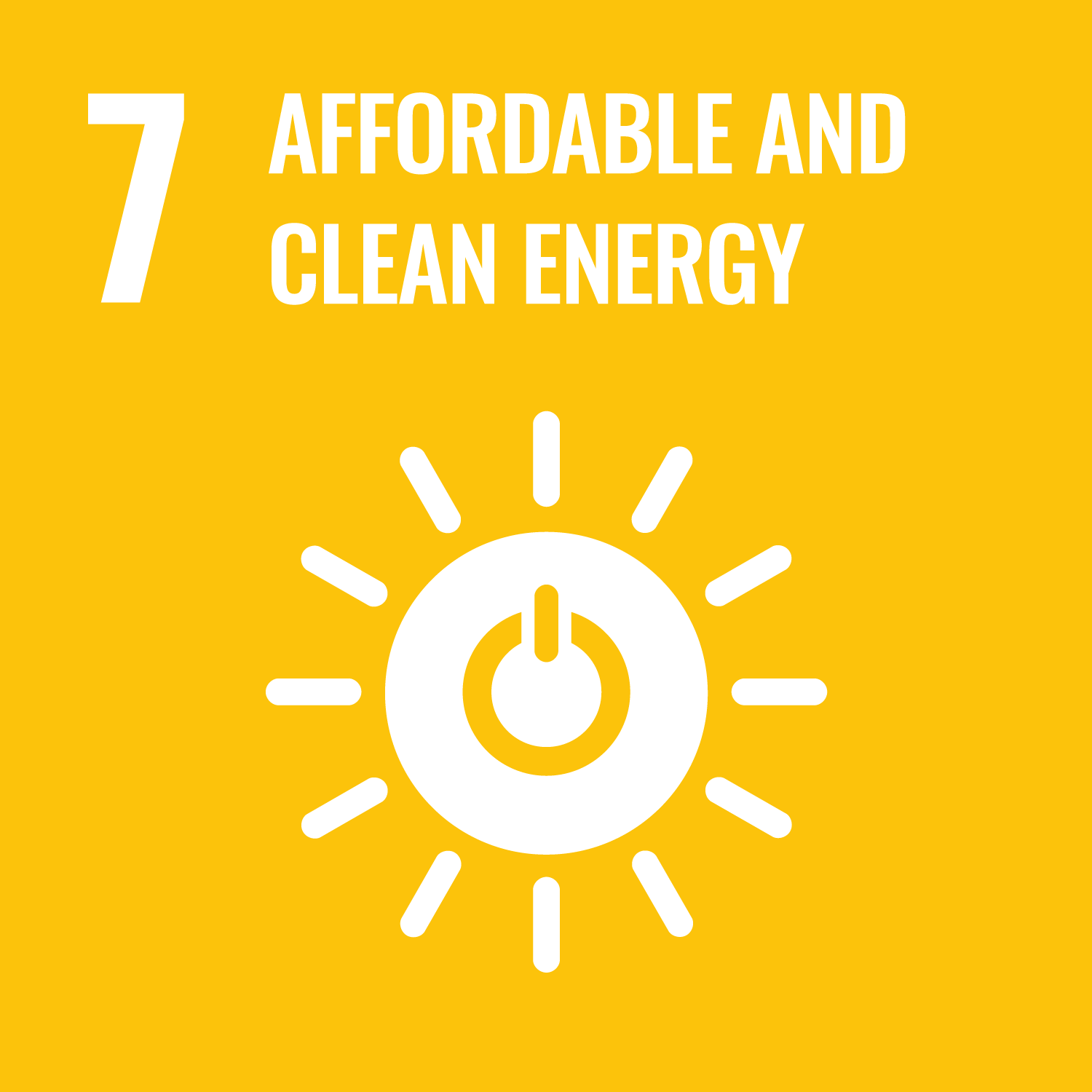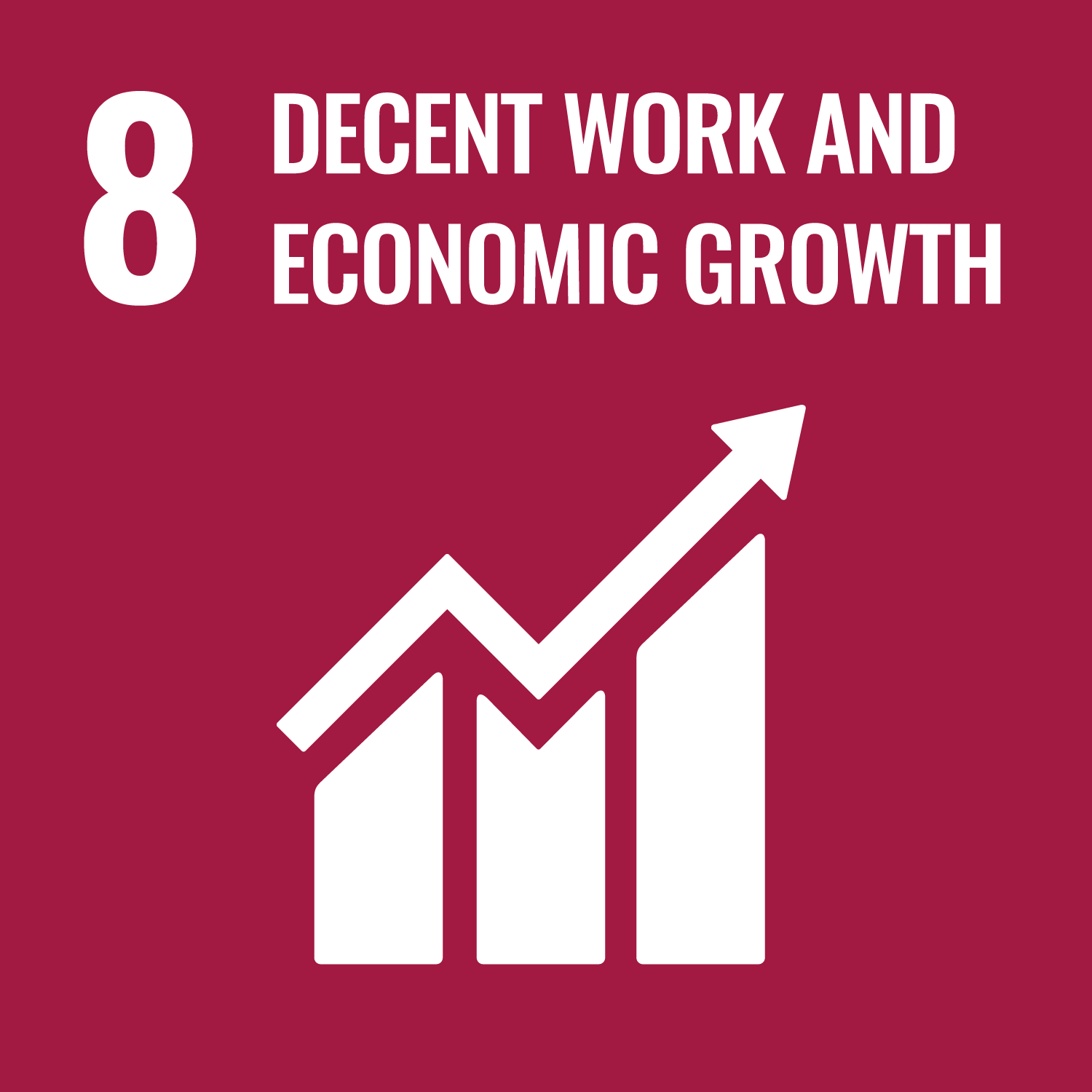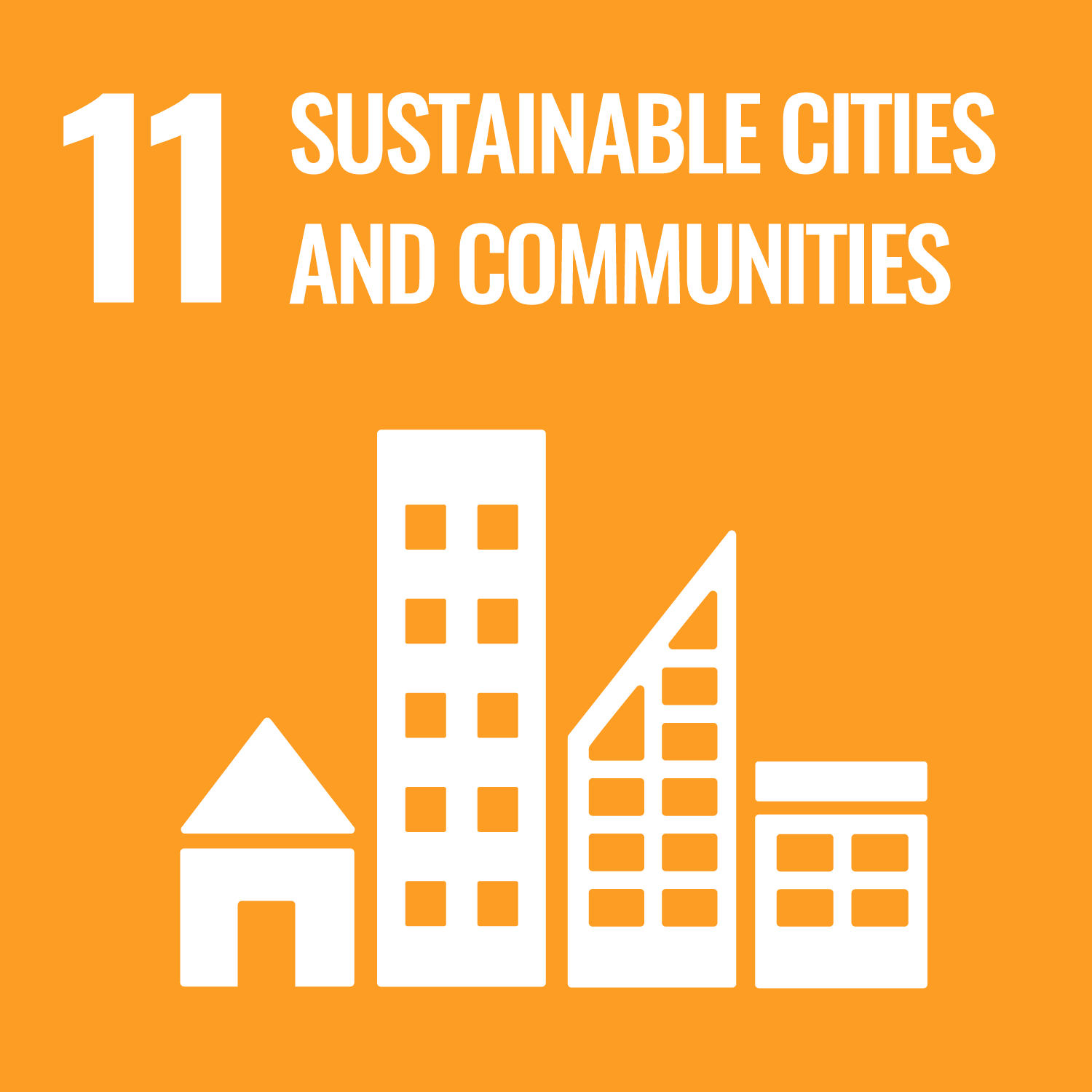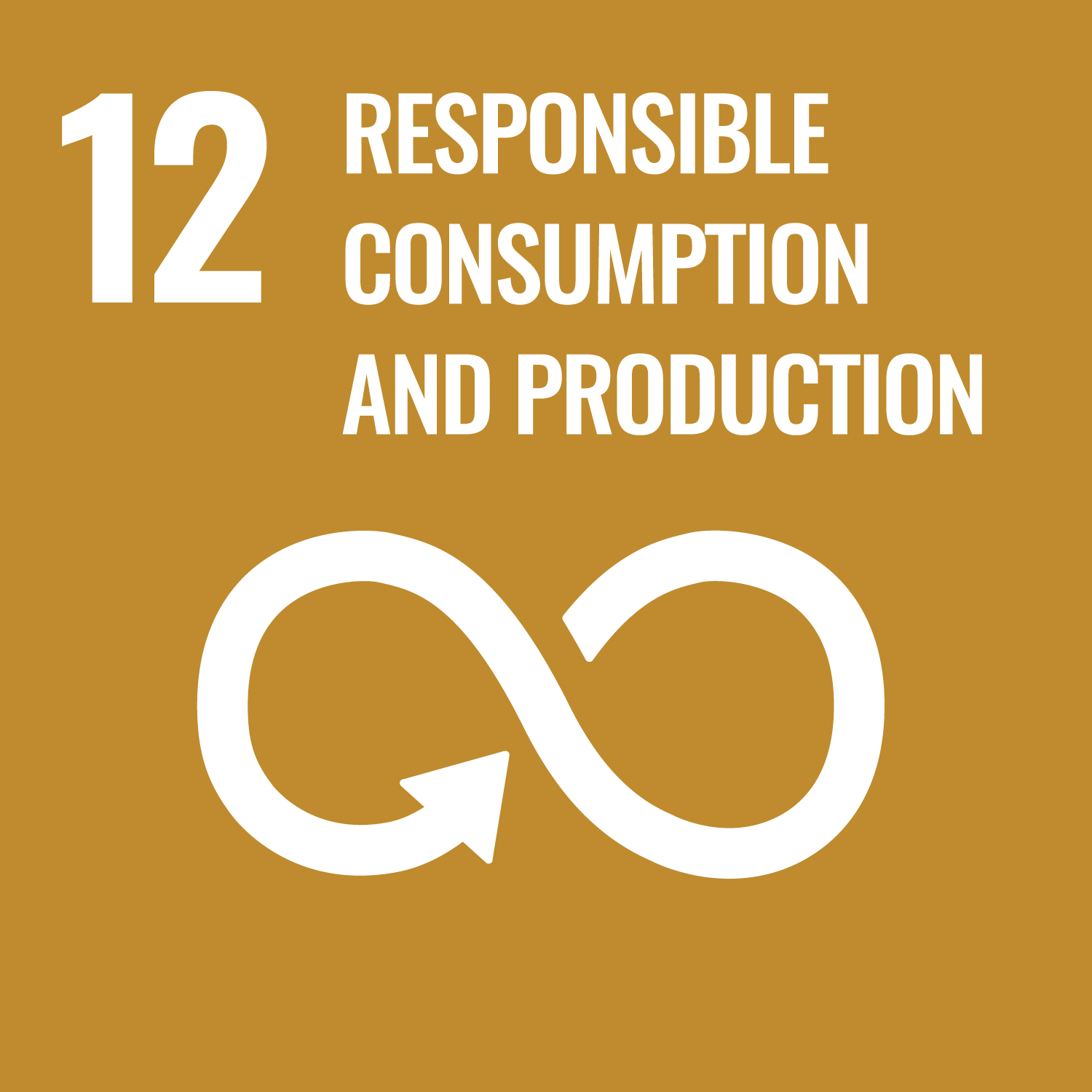Development of Environmentally Conscious Products
Textile Machinery
The main products of our textile machinery are air jet looms, water jet looms, and sizing machines. All of these products have world-leading performance and sales records, and also contribute to the development of the global textile industry and the economic development of emerging countries. Considering our global position, the environmental friendliness of our main products is an important responsibility as a supplier, and also leads to the further development of the textile industry and the growth of our company group. Below, we describe an example of environmental friendliness in the development of our textile machinery.
〈 Improvement of Energy-Saving Technology of Air Jet Looms 〉
An air jet loom weaves fabrics using air: A weft yarn is fed from a main nozzle with a jet force, and sub-nozzles supply auxiliary air to the weft yarn. It weaves over 1,000 picks per minute, realizing high productivity and quality. Due to high-speed operation, however, there is issue; air consumption is increased, which causes more power consumption at the air compressor.
In order to solve this issue, we have minimized air consumption in our air jet looms by a) optimizing the shape of the main nozzle, by b) performing the followings for the sub-nozzles:
• development of the jetting system
• position changing
• optimization of the shape,
and by c) establishing automatic control technology of air jetting according to weft insertion condition.
Minimizing the strokes in the beating section of heavy-duty operation contributes to energy savings.
In the process of such development, the ZAX9100 realized a reduction of 35% in floor vibration and of 10% in air consumption compared to our conventional model ZAX-N. The ZAX9200i further achieved a reduction of 5% or more in power consumption. (based on our reference values)
In order to reduce the weight of the operating parts, we are developing and using the parts of carbon-fiber materials for reduced vibrations, higher-speed operations, and more efficient energy savings. In the International Exhibition of Textile Machinery in the year 2015 in Milan, our ZAX9200i successfully performed continuous operation of 2,105 rpm (insertion of 2,105 weft yarns per minute), which was the highest rpm in the history of jet looms.
Machine Tool Attachments
The main products in the machine tool attachments are NC rotary tables and machine vises. In the machining field, both of these are highly evaluated as top brands in Japan for their high precision and strong rigidity, speed, diverse lineups.
NC rotary tables are installed in machine tool main units, referred to as "mother machines," and are devices that perform angle indexing of materials with high precision during machining. About 70% of sales involve exporting overseas, either in the form of direct sales or accompanying the overseas expansion of Japanese machine tool manufacturers, and these products are highly evaluated on the global market as well.
In the field of machining, securing precision and shortening working time directly connect to a reduction in power consumption, leading to plant competitiveness. Below, we describe an example of environmental friendliness in machine tool development.
〈 Development of World's First BallDrive® NC Rotary Table 〉
NC rotary tables are angle indexing apparatuses that, while rotating and tilting a rotating table with computer controls, make a machining surface of a material fixed to the table face opposite a blade, such as a drill, at a desired angle.
The BallDrive® NC rotary table, for which full-blown sales began in 2015, is the world's first product of its kind to employ a drive system. It transmits power from the motor to the rotating table by a combination of gears and steel balls.
The BallDrive® NC rotary table realizes twice the speed of conventional products and a 25% increase in transmission efficiency, greatly contributing to the shortening of operation time for part machining. In 2016, it was adopted in the production innovation line of an automaker aiming for increased production efficiency and cost reduction, where it contributes to the production of energy-saving cars.




